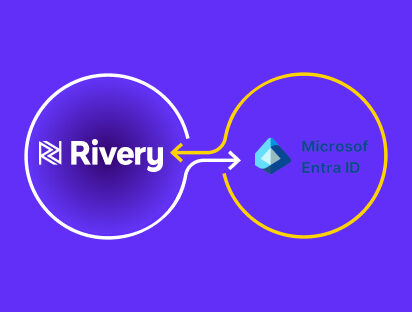Building a serverless data pipeline is imperative for any data-driven company that needs the flexibility to scale their operations.
Orchestrating and automating data processes can be complex, time-consuming and costly if it isn’t planned and established early on, especially if organizations grow to expand their data capabilities, adding numerous sources of data that require complex models and reporting tools for optimal insights.
One question I often hear across the industry is: “Is it too early for us?” Companies still underestimate the overheads when it comes to people, operating costs, and infrastructure management.
The quest for immediate ROI to justify a strategic investment that will pay itself many times over in the mid-to-long term is often a burden for CIOs, marketers and data analysts to create the most efficient and future-proof data systems.
Automating your infrastructure to collate, manage and process business data in the cloud is no longer a utopia and businesses will need to adapt to this new reality in order to remain agile and flexible – and most importantly, to empower every team within an organization to become fully data-driven.
Money Matters
The truth is that there has traditionally been little transparency or awareness about the true costs of cloud services.
It’s very common for most people within an organization to be blind to their cloud services spend. Firstly, not many people in the average business have access to the cost and financial usage and information of the cloud account.
In addition, usage and therefore spend isn’t usually broken down by team or business unit which means it’s very difficult to attribute spend and usage across a large organization. All businesses care about are efficiencies and optimizing spend.
However, since it can be hard to break down cost per department, the default in most organizations is to manage it as a general cloud operation budget for the entire business to be able to run in the cloud.
Companies are missing out on significant efficiencies to operate their cloud activities in a leaner, more cost effective way. Just like any other business function, cloud spend should be ROI-driven and optimized, which means it’s worth digging deeper into how the cloud is used and how much across the business – and to what extents it’s benefiting the functions it supports.
Investing in a Serverless Data Infrastructure
The cloud has revolutionized the way we collect, store, manage and process data. Companies must leverage the multitude of open source and community-driven technologies and serverless cloud technologies.
This is the best way to operate lean, agile and scalable data processes.
So where’s the ROI from a serverless data pipeline?
Scalability: One of the key benefits of going serverless is the flexibility to scale and grow. The cloud gives all businesses, big and small, the ability to use what they need and scale without worrying about complex and time-consuming data migrations.
Agility in Development: The rising costs of in-house developers and DevOps to manage data processes has become a bottleneck for many companies trying to modernize and automate their data processes.
Fully Managed: Ongoing monitoring and maintenance can become a burden, especially when new data sources need to be added and aligned with the rest of the database. What’s more, having developers or DevOps teams investing time in maintaining your data infrastructure means pulling them away from focusing time and effort in core business activities.
Pay Per Use: With a serverless infrastructure, there is no need to commit. And your system is always ready to handle fluctuating volumes of data whenever necessary. The worst time to look for a cost-efficient solution is in the midst of a crisis, and flexible costs that are fairly linked to your business needs are a game-changer for any company.
Low-Cost Experimentation: A serverless world means you can use multiple tools and platforms relatively quickly and cheaply. The ‘plug and play’ nature of these services enable organizations to orchestrate their optimal data infrastructure without missing out on new tools that can be added into the mix without complex integrations or sacrifices.
The Future
From your data collectors, to your data lake, and data warehouse – your data pipeline can be fully managed in the cloud. I’m aware that the transition to a serverless data pipeline is a big step for many companies.
After all, they rely upon different legacy tools and systems people are accustomed to. However, change is inevitable and it’s up to leaders to be the catalysts for innovation within their organizations and teams to ensure their data infrastructure meets the demands of the modern data-driven organization.
Running a lean and cost effective operation is paramount – whether it’s the operational infrastructure in the cloud or the physical design and optimization of office space. Managing operations efficiently and effectively is at the core of any successful business to succeed.
The difference with the cloud, is that as it plays an increasingly important role across virtually every team in most organizations.
As a result of this, every cent spent on data, insights and all the processes attached to it will and should go under greater scrutiny as data takes center stage.
Minimize the firefighting. Maximize ROI on pipelines.





